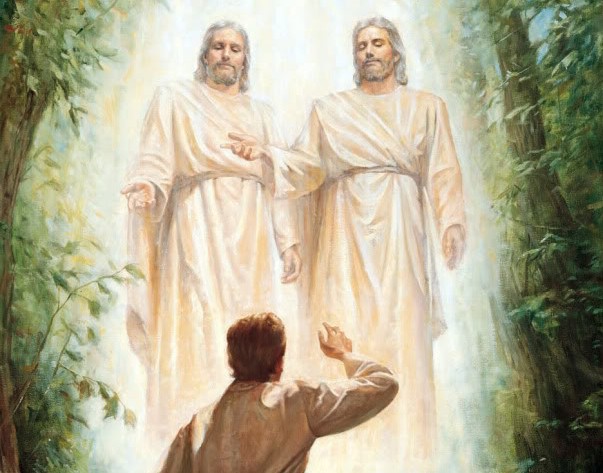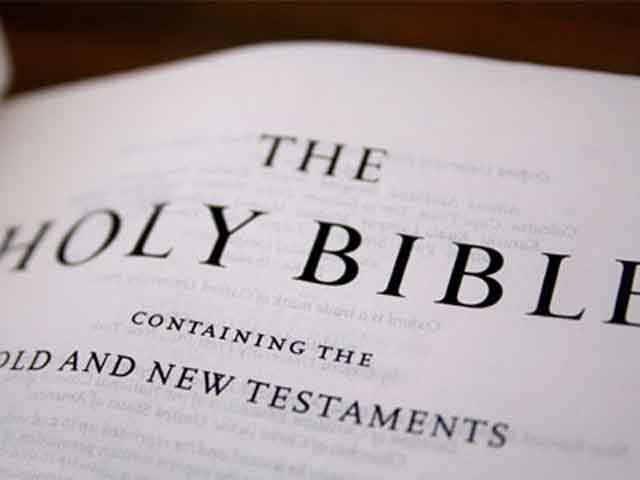Question
Hi Gramps,
I’m a convert of some 42+ years now and am still excited about being a member. I’ve recently read the book ‘The Bible Code.’ I was very impressed with the apparent accuracy of the incidents noted therein. I was thinking on how Joseph Smith translated and modified the King James version of the Bible and I accept the changes he made as being inspired.
Are the changes Joseph made in our English version of the bible of such a nature that it would be necessary to change the original Hebrew to include what Joseph changed in the English? Also, assuming that the Bible is encoded might we find that the Book Of Mormon is also encoded? What do you think Gramps?
Cy
Answer
Dear Cy,
First, the Joseph Smith translation. The King James Version of the Bible is the result of some thirteen translations and versions from the original Greek and Hebrew. Joseph Smith’s translation served to correct the errors that had crept into the Bible as a result of its many modifications from the original Hebrew. However, the Hebrew Bible was somewhat modified from the original writing by uninspired scribes, who wrote into the text their own apostate beliefs. So, instead of changing the original Hebrew to match the Joseph Smith translation, he changed the King James version to more closely match the original Hebrew.
One might also note the differences between what is quoted from the Bible in the Book of Mormon and what is available in the modern Bible versions. Just a case in point- We might consider as an example a number of biblical Hebraisms that have been deleted or changed by uninspired scribes by comparing the Book of Mormon and Bible versions of the Book of Isaiah. As an example we will look at a comparison of Isaiah 49:1 with 1 Nephi 21:1, and a comparison of 2 Nephi 7:1 with Isaiah 50:1. The first phrase in 1 Nephi 21:1 had been deleted from the Bible, but was restored in Joseph Smith’s translation of the Book of Mormon. The part deleted from the Bible is
And again: Hearken, O ye house of Israel, all ye that are broken off and are driven out because of the wickedness of the pastors of my people; yea, all ye that are broken off, that are scattered abroad, who are of my people, O house of Israel.
One can imagine why this damning phrase against the pastors of Israel may have been deleted by the Hebrew scribes. This phrase is in the form of a chiasmus, and is in reality a literary gem characteristic of the Hebrew biblical structure. Rewritten in chiastic form, (the chiasmus being a series of inverse parallelisms) it would appear as follows:
4] And again: Hearken,
3] O ye house of Israel,
2A] all ye that are broken off
2B] and are driven out
1] because of the wickedness of the pastors of my people;
2A] yea, all ye that are broken off,
2B] that are scattered abroad,
3] who are of my people, O house of Israel.
4] Listen,
(Note the parallel phrasing of the mirror elements in the chiasmus. Elements 2A and 2B are synonymous parallelisms (another characteristic Hebrew literary form) embedded as one element of the chiasma.
Also of note is the comparison of chiastic structures as they exist in the King James Version of Isaiah 5:1 and the Book of Mormon version of the Book of Isaiah found in 2 Nephi 7:1. In these chiastic structures, one leg of the King James chiasmus is missing, but the chiasmus is complete in the Book of Mormon version.
2 Nephi 7:1
2] Where is the bill of your mother’s divorcement?
1A] To whom have I put thee away?
1B] or to which of my creditors have I sold you?
1A] Yea, to whom have I sold you?
1B] Behold, for your iniquities have ye sold yourselves,
2] and for your transgressions is your mother put away.
Isaiah 50:1
2] Where is the bill of your mother’s divorcement,
1A] whom have I put away?
1B] or which of my creditors is it to whom I have sold you?
1A] ———
1B] Behold, for your iniquities have ye sold yourselves,
2] and for your transgressions is your mother put away.
This is a somewhat subtle but very powerful proof of the authenticity of the Book of Mormon, where we see an occult Hebrew literary form that had been deleted from the Bible restored in the Book of Mormon. Joseph Smith at the time that he translated the plates of the Book of Mormon knew nothing of the Hebrew language. And although the chiasmus is an ancient literary form, and was taught, for instance, in the ancient Greek schools, it was virtually unknown in the days of Joseph Smith. Only three literature references to chiasmus were published in modern literature before Joseph Smith’s translation of the Book of Mormon in 1829, when the Book of Mormon was translated, and they were all printed in London publications. That Joseph Smith could have been so versed in this esoteric literary form in 1829, when the Book of Mormon was translated, in which over 50% of the book is written in chiastic form, is beyond all reason, and stands as an indelible proof of the inspiration by which the Book of Mormon was translated and of its authenticity.
Not having read “The Bible Code,” I’m afraid that I can’t comment on what it says. However, the Book of Mormon is full of Hebrew literary structures of various kinds, and without any doubt, although written in the Egyptian, reflects the Hebrew culture and speech patterns.
Gramps







